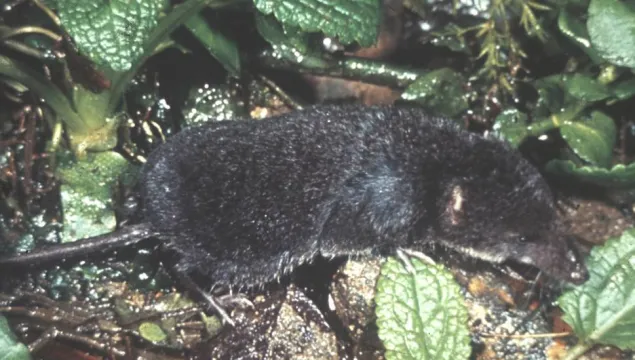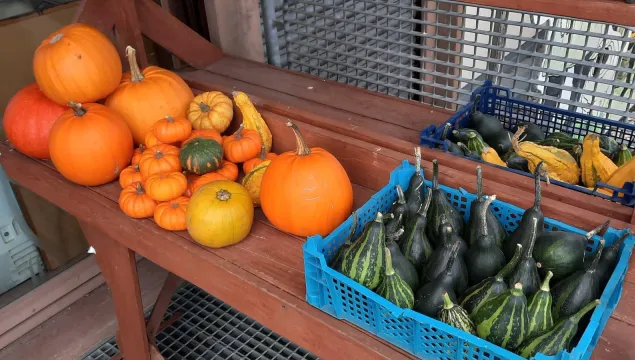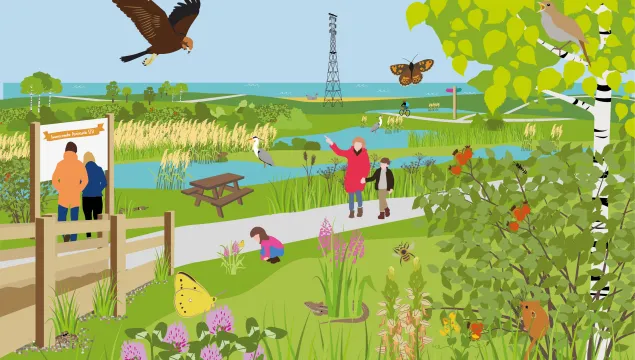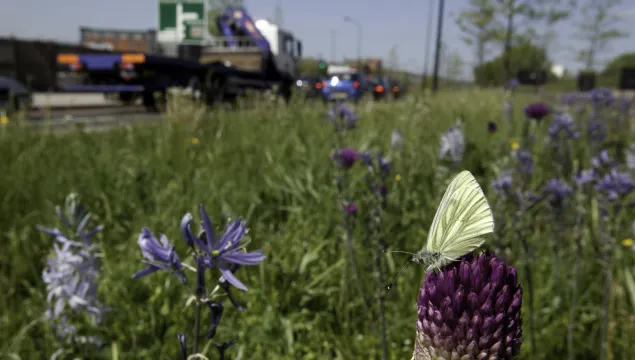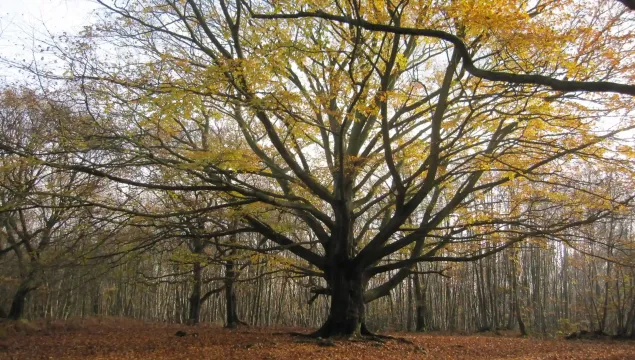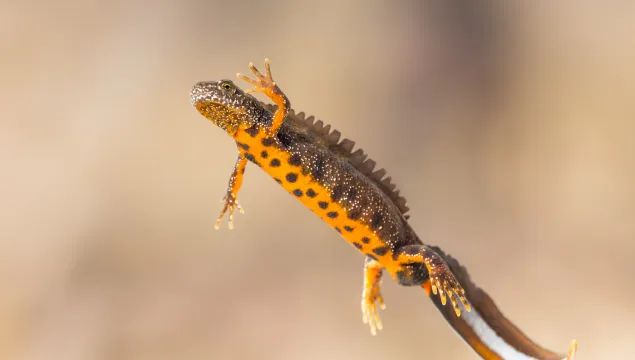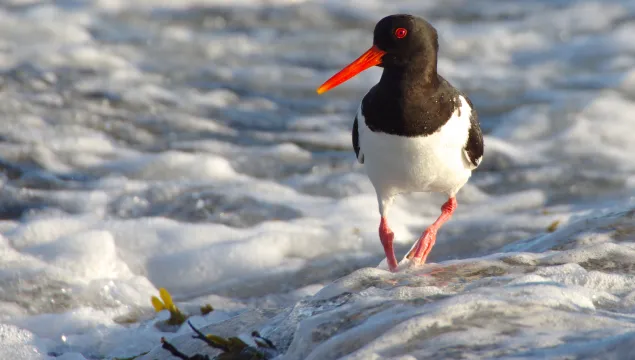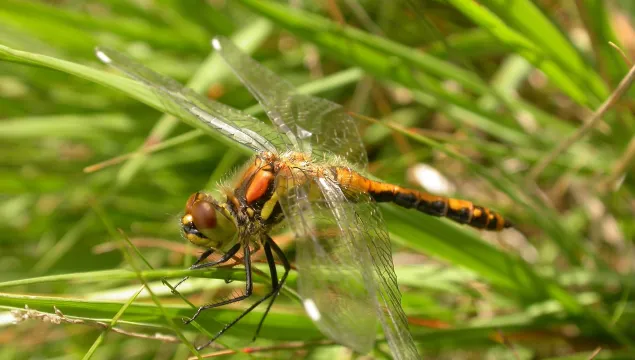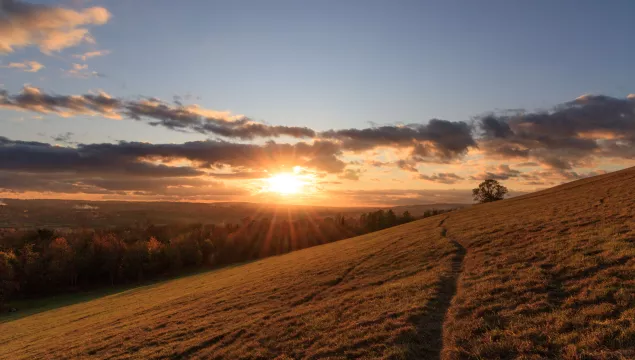
Wilder Business
… charitable aims with your business activities or target audiences then please get in touch to discuss how we can offer … … Sponsorship opportunities … Why become a Corporate Member? As a member of Kent Wildlife Trust, … welcome pack. Have use of our corporate logo to use on your website, e-mail signatures and letter heads. Recognition on …

